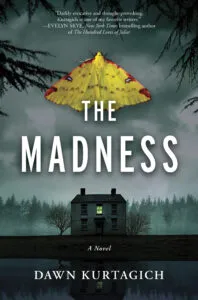
New Horror Reads That Riff on Classic Horror
I complain a lot about reboots. Did we really need another Garfield Movie? Another Girl Meets World? Another 90210 or Full House? Yes, I plan to eventually watch the new Mean Girls, but can’t the entertainment industry come up with something new?
Sometimes, however, a retelling of a classic story manages to capture lightning in a bottle. The reboot ends up providing an unexpected burst of light amidst a plethora of dull and underwhelming offerings.
I’m speaking, of course, about DuckTales.
Anyway. The same thing happens with literature. Sure, I wince when I hear that a beloved favorite is going to be redone. I worry that it will inevitably besmirch the legacy the original left behind.
But these days, there have been a ton of horror retellings that have taken classic creepy tales and emerged with something new and exciting.
The books below have made me eager to relive my old favorites, curious to see what new twist authors can bring to the tale. Are the retellings better than the originals? I hesitate to say that. It’s more that—in many cases, even with something older embedded in its foundation—these new books feel completely fresh and new, and expand the horror universe rather than needlessly rehash it.
Ready to give reboots a second chance? Let’s Dewey it!
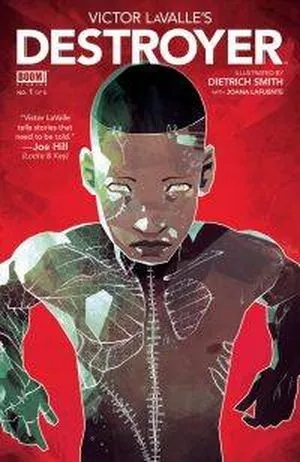
Victor LaValle’s Destroyer by Victor LaValle and Dietrich Smith
I rave about this one a lot, so there was no way I could leave it off this list, even though it’s over six years old. LaValle loves retelling old myths. He tackled Lovecraft when he wrote The Ballad of Black Tom. He reinvigorated the changeling myth in The Changeling (which was eventually adapted into a series for Apple TV+). In this limited comic series, he tells the story of Frankenstein’s last descendant and the lengths she’ll go to in order to reconnect with the son she lost. This compelling, complex narrative takes a peek at humanity’s darkest impulses, all presented alongside visually stunning artwork.
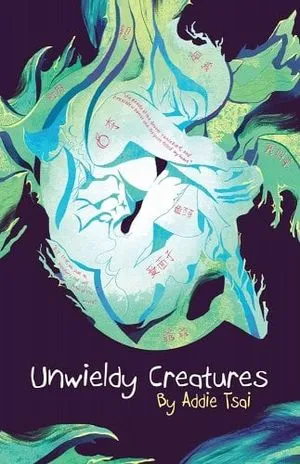
Unwieldy Creatures by Addie Tsai
Another Frankenstein retelling, Tsai’s novel follows a queer, biracial intern at an embryology lab, the queer, biracial scientist who is mentoring her, and the good doctor’s nonbinary creation. As Plum, the intern, grows closer to Dr. Frank, she becomes an unexpected part of the doctor’s experiments. Eventually, she questions whether her ambition has led her to cross a line—has, in fact, led both of them to cross lines they shouldn’t. Is it too late to turn back? Or, is the only way out to move forward?
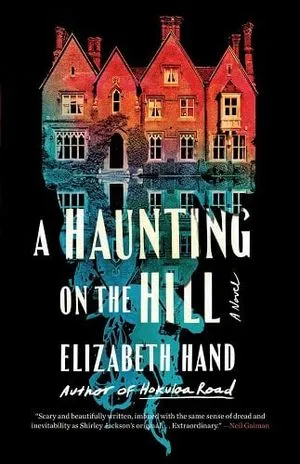
A Haunting on the Hill by Elizabeth Hand
I have consumed so many adaptations of The Haunting of Hill House, yet I never tire of seeing and reading more. In Hand’s latest queer reimagining, a playwright and her troupe of actors rent out a house in order to develop and rehearse a play. Unsurprisingly, the house has its own plans, and soon enough, each member of this group of back-biting thespians finds themselves preoccupied with a different, spooky aspect of the mansion. It’s not long before all of them are at each other’s throats, and, of course, none of them realizes soon enough that the house itself is to blame.

Pay the Piper by George A. Romero and Daniel Kraus
I recently wrote a post that questioned the ethics of posthumously published books, which was built around this specific book (out in September). But what I didn’t get the chance to talk about was how much I truly enjoyed it. In this reimagining of “The Pied Piper of Hamelin”—a German legend in which a piper lures away children when the townsfolk neglect to pay him for his rat removal services—the piper is a supernatural entity seeking vengeance against the ancestors of the region’s slave traders.

The Hacienda by Isabel Cañas
This gothic novel is an update of Daphne de Maurier’s Rebecca, in which a young woman marries a wealthy widower, only to discover her new home is haunted by her husband’s late ex-wife. This version is nearly identical as far as the premise goes, except that it’s set against the backdrop of the aftermath of the Mexican War of Independence. This book is also said to have echoes of Silvia Moreno-Garcia’s Mexican Gothic, which is honestly a reimagining of every classic gothic tale ever.
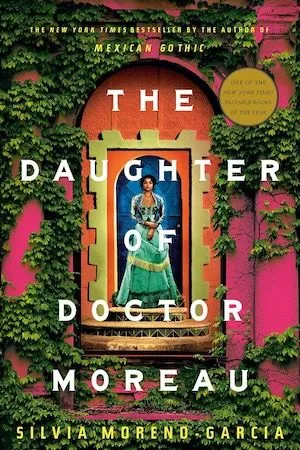
The Daughter of Doctor Moreau by Silvia Moreno-Garcia
Speaking of Moreno-Garcia, a couple years after Mexican Gothic, she released this reimagining of The Island of Doctor Moreau. The original is about a mad scientist and his eventual unraveling. In this sci-fi/horror update, we see through the eyes of his daughter, who lives in 19th-century Mexico, yet is removed from the Caste War of Yucatán thanks to her father’s isolated estate. With the arrival of her father’s patron, Carlota Moreau begins to question everything.
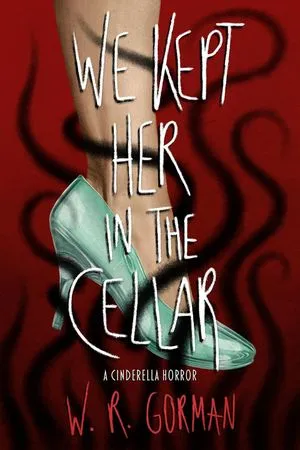
We Kept Her in the Cellar by W. R. Gorman
Like Pay the Piper, this title isn’t out until September, but I’m already looking forward to it. In this horror-tinged reimagining of Cinderella, readers see through the eyes of one of the stepsisters, who’s been tasked with caring for Cinderella for much of her life. But in this case, Cinderella isn’t a poor orphan relegated to the basement because of her stepfamily’s jealousy. In this version, she’s a monster with dark powers, and when she escapes the cellar to attend the prince’s ball, all hell breaks loose. This sounds like so much fun.
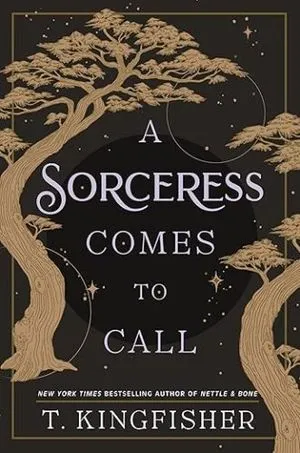
A Sorceress Comes to Call by T. Kingfisher
This last one came out earlier this month, and I can’t wait to read it (as I immediately read every book Kingfisher/Vernon writes). Just about everything from this author is a dark, feminist reimagining of an old fairy tale, and this one is no different. This one is a play on “The Goose Girl,” in which a princess is forced to switch roles with her resentful maidservant. In Kingfisher’s version, it is not the maidservant who is evil, but the protagonist’s own mother. When they move into the home of an unsuspecting Squire and his sister, Cordelia must choose whether to continue bowing to her mother’s will or stand up to her.
Okay, I’ve changed my mind. Reboots are awesome. If you agree, you should also check out these other horror retellings, plus these dark and twisted fairy tale retellings.


